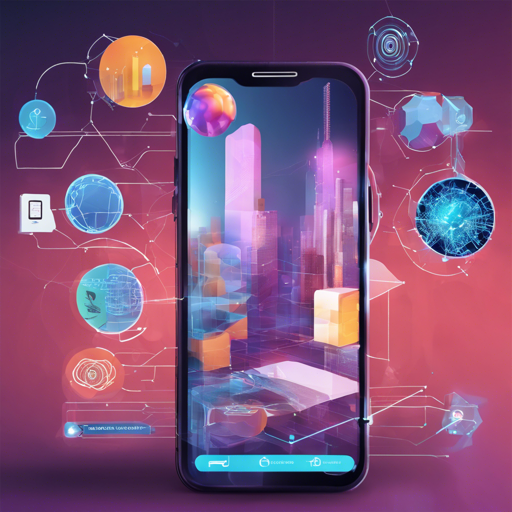Welcome to this informative guide on how to get started with the Sceneform SDK for building augmented reality apps on Android. Sceneform is a powerful tool that abstracts the complexities of OpenGL and provides a user-friendly framework to create stunning 3D experiences. In this blog post, we’ll discuss the step-by-step process to include Sceneform in your project, troubleshoot common issues, and make the most of this incredible technology.
Choosing the Right Version of Sceneform SDK
Before diving into development, it’s essential to choose the appropriate version of Sceneform SDK for your project. With the release of ARCore 1.16.0, Sceneform has transitioned into an open-source model. Here’s a breakdown of the notable versions:
- 1.0.0 – 1.15.0: Closed source; must be included as an external Gradle dependency. Supports SFA and SFB formats.
- 1.16.0: Open source; can be built alongside your application as a Gradle module. Now supports glTF format instead of SFA and SFB.
- 1.17.0: Not recommended for use.
- 1.17.1: Functionally identical to 1.15.0.
Getting Started with Sceneform 1.16.0
Now that you’ve selected the right version, follow these simple steps to include Sceneform 1.16.0 in your Android app:
- Download sceneform-android-sdk-1.16.0.zip from the releases page.
- Extract the
sceneformsrcandsceneformuxdirectories into your project’s top-level directory. Your directory structure should look like this:project ├── app │ └── build.gradle ├── sceneformsrc └── sceneformux - Modify your
settings.gradleto include the Sceneform projects:include ':app' include ':sceneform' project(':sceneform').projectDir = new File(sceneformsrc, 'sceneform') include ':sceneformux' project(':sceneformux').projectDir = new File(sceneformux, 'ux') - Add a reference to the Sceneform SDK in your app’s
build.gradle:dependencies { api project(':sceneformux') }
For a practical demonstration, check out the Sceneform sample.
Troubleshooting Common Issues
When working with Sceneform, you may encounter some issues. Here are a few troubleshooting steps:
- If you face build errors, ensure you have the correct Gradle settings and that all necessary files are in the appropriate directories.
- Double-check your dependencies in
build.gradleto ensure they are properly referenced. - If you face performance issues, make sure your mobile device meets the minimum requirements for ARCore.
For more insights, updates, or to collaborate on AI development projects, stay connected with fxis.ai.
Conclusion
Sceneform provides a remarkable framework for developing augmented reality applications that can elevate your mobile experience to new heights. By following the steps outlined in this guide, you can effectively implement Sceneform SDK into your projects while being mindful of version compatibility.
At fxis.ai, we believe that such advancements are crucial for the future of AI, as they enable more comprehensive and effective solutions. Our team is continually exploring new methodologies to push the envelope in artificial intelligence, ensuring that our clients benefit from the latest technological innovations.

